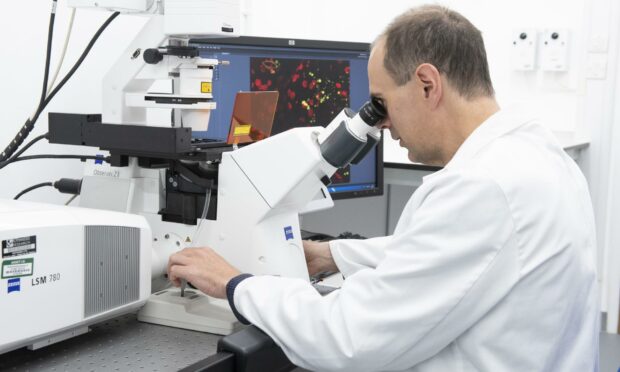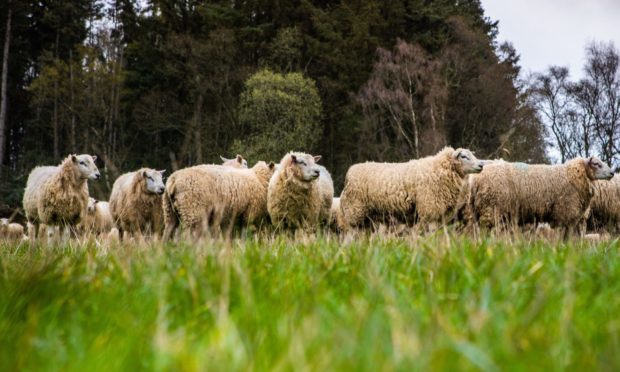Scientists at a leading UK agricultural research centre have found a way of switching on dormant genes in a plant without creating a genetically modified organism (GMO).
The team behind the work at Hertfordshire-based Rothamsted Research says the technique could be used to improve crops by allowing plant breeders to turn genes on, rather than just being able to turn them off, with gene editing.
They say their project is the first demonstration of using a gene-editing ‘deletion’ approach in any organism, and a way of switching on a dormant gene without having to insert foreign DNA and creating a GMO.
Rothamsted’s Professor Peter Eastmond said he and his colleagues used a genome editing technique called CRISPR/Cas9 – traditionally used to switch genes off – to bring a gene under the control of an existing gene promoter, which then acts as its new genetic on-switch.
“Achieving ‘gain-of-function’ phenotypes without inserting foreign DNA is an important challenge for plant biotechnologists,” said Prof Eastmond.
“Here we show that a gene can be brought under the control of a promoter from another gene by deleting the intervening genomic sequence. It’s a tough thing to do, but we’ve come up with a simple solution to a difficult problem.”
Technique could be used to reduce methane emissions from cattle
He said there are many barriers to the commercialisation of GM crops so being able to switch genes on using other techniques may be desirable to plant breeders.
As an example, Prof Eastmond said this technique for switching genes on could be beneficial when breeding crops producing high lipid feed stuffs for sheep and cattle.
He said studies suggest higher concentrations of lipids in cattle diets can reduce their methane emissions by up to 5% for each 1% increase in lipid content.
To prove this point, the Rothamsted team looked at using the technology to fuse a non-essential gene that’s switched on in leaves in the model plant species, Arabidopsis, to the DGAT2 gene that’s normally switched off.
DGAT2 produces an enzyme that is known to drive increased oil production, and the team found using gene editing technology to add it to the gene promoter resulted in a twenty-fold increase in DGAT2 in the plant’s leaves.
“The increase in leaf total lipid content that we achieve here, without inserting foreign DNA, is likely sufficient to significantly enhance productivity and reduce methane emissions from cattle and sheep if replicated in pastures,” said Prof Eastmond.
“We know that is true as it has recently been shown using a GMO approach.”


